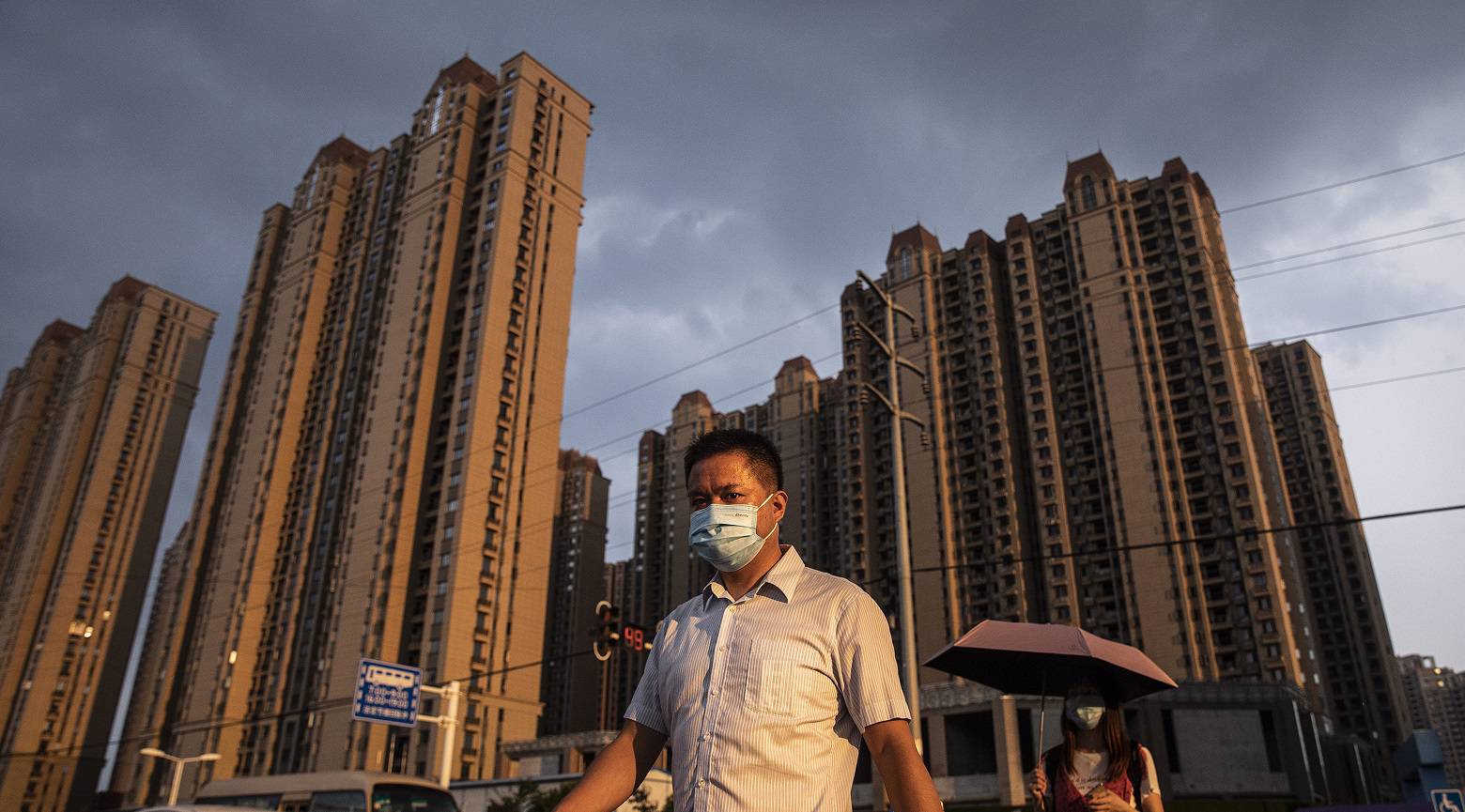YU YONGDING

BEIJING – China is having an eventful month, marked by proliferating power-supply disruptions and the debt crisis of the country’s second-largest property developer, Evergrande. What does this mean for China’s post-pandemic economic recovery and growth prospects?
Begin with the energy crisis, which started when a rapid increase in exports – driven by the global recovery – fueled a sharp increase in demand for electricity. China remains dependent on coal for 56.8% of its total electricity supply. And yet, in an effort to meet mandatory targets for reducing energy consumption, local governments have shut down many coal mines in recent years.
At the same time, the government’s climate goals – to reach peak carbon-dioxide emissions by 2030 and achieve carbon neutrality before 2060 – discourage investment in the coal industry. Of course, these goals also encourage investment in renewables, which are a growing part of China’s energy mix. But renewables are nowhere near where they need to be to cover the current shortfall.
As a result, when energy demand surged, so did coal prices. But, because China’s government regulates electricity prices, energy providers – most of which are state-owned enterprises – could not pass the costs onto customers. To limit the losses, they cut electricity supplies, thereby forcing some manufacturers to curtail production.
Not surprisingly, the government sprang into action. It ordered a rapid expansion of some coal mines, and the reopening of others. It gave utility companies more leeway in setting electricity prices. And it pushed manufacturers to boost energy efficiency and accelerate investment in renewable energy.
China will quickly overcome the power shortages, which already are becoming less acute. But developing a more resilient, sustainable energy sector will take time. And if each step of the development is not carefully planned and implemented, this transition could weigh on economic growth.
The Evergrande crisis, too, poses serious risks to growth. Over the years, owing to defective corporate governance, the developer expanded at a frantic pace, not only through its real-estate investments, but also by diversifying into the electric-vehicle industry. To fund its activities, it borrowed heavily from both commercial banks and capital markets, including issuing dollar bonds to foreign investors. Ultimately, it racked up some CN¥800 billion ($124 billion) in debt.
Though Evergrande has more than CN¥1.85 trillion in assets, it has not been able to sell them fast enough. Last month, when the company admitted that it is unlikely to be able to service its debts, rumors of an impending collapse – and a potential Chinese financial crisis – began to swirl.
Yet fears seem largely to be overblown. To be sure, it would be unwise to predict Evergrande’s fate at this point. But it is probably safe to assume that the debacle does not pose a systemic threat to China’s financial sector.
Pundits have been predicting since 2012 that a housing-market collapse would trigger a financial crisis in China. But in Evergrande’s case, the problem is liquidity, not solvency, and any spillover effects can be contained, not least because, despite its issues, China’s banking system is basically healthy. Real-estate developers and home buyers account for only about 30% of total bank loans, and that share is falling. The share of new loans that are real estate-related is also on the decline, having dropped from 45% in 2016 to less than 24% in September 2020.
Moreover, in China, there are no subprime loans, and virtually no securitized mortgage loans. More importantly, there are very few cases of delinquency, let alone mortgage defaults by households: most Chinese commercial banks’ non-performing loan ratio is less than 2%. Even if there were a major financial event, the Chinese government has enough instruments to deal with it.
So, like China’s energy crisis, the Evergrande debacle does not pose an imminent systemic risk. But that does not mean policymakers should be complacent. The real-estate sector is a pillar of the Chinese economy, and an important link in the production chain. And Evergrande’s collapse would severely disrupt it – not least because a few other large real-estate developers might follow in Evergrande’s footsteps. Some non-bank financial institutions would also be in trouble. And, of course, Evergrande’s suppliers would suffer enormously. All of this would worsen China’s economic prospects.
To prepare for what may come, financial-system vulnerabilities, especially the corporate sector’s high leverage ratio, must be addressed. But the first priority must be to end the persistent growth slowdown, which began in 2010. This trend is at least as worrying as the short-term structural problems that have grabbed headlines lately. China’s experience over the past 40 years shows that without decent growth, financial stability is difficult to achieve.
This pattern is borne out by recently released official statistics indicating that China’s annual growth rate was a lower-than-expected 4.9% in the third quarter of this year, and it is widely feared that the growth rate in the fourth quarter may be even lower. To counter that possibility, Chinese policymakers need to pursue bolder fiscal and monetary expansion, alongside structural reform and adjustment.
No comments:
Post a Comment